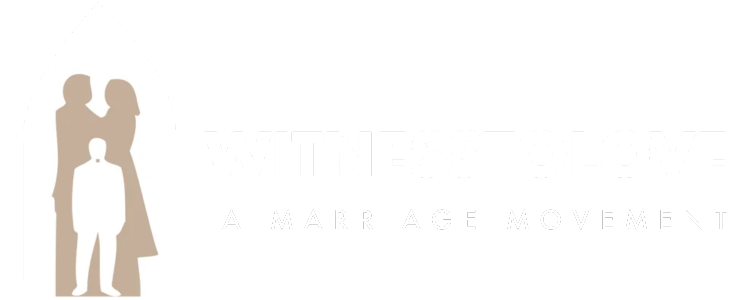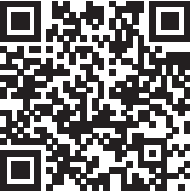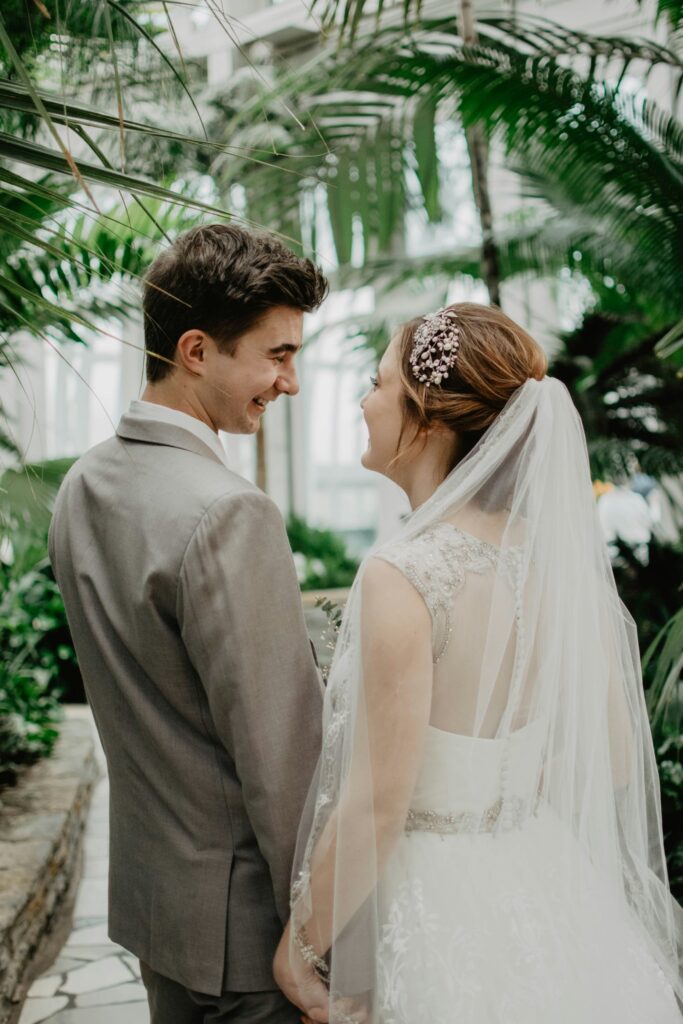Congratulations on Your Engagement!
We’re so glad that you’ve chosen to marry in the Catholic Church. It is a cause for great joy! We are privileged to accompany you on the Journey of Your Love, and honored that you have entrusted us with equipping you to traverse both the joys and the inevitable challenges that married life brings. As you encounter Christ’s love in your relationship with each other, your marriage will be nourished and transformed by His grace.
May God continue blessing you in this process of growing in closer and deeper relationship with God through Christ and with each other. With families and friends around you, may they be your source of support and encouragement for you. And may our Blessed Mother Mary be part of your journey in your life of marriage and family.
You remain in our prayers,
Most Reverend Michael Pham

Marriage Preparation Process

Pray
We invite you to pray together as you begin, and all throughout this once-in-a-lifetime period of your relationship. You’re no longer dating, but you’re not yet married. Pray in thanksgiving for this special time, and savor it! This will help you to keep God at the center of your marriage, and allow Him plenty of opportunities to pour His love into your relationship. Ask your loved ones (both in Heaven and on earth!) to pray for you, too.
St. Valentine, St. Agnes, St. Joseph and St. Mary, pray for us!
1. Meet With Your Marriage Formation Minister
As soon as you are ready to begin formally preparing for marriage, and before setting a date, call your parish to schedule a meeting with your marriage formation minister (typically your priest or deacon), who may also serve as the celebrant for your wedding.
This is a couple who can support, encourage, and pray for you throughout—and beyond—the marriage prep process. We encourage couples to choose based on the following guidelines:
- They are married in the Church for at least a few years.
- They are practicing Catholics (if interfaith/ecumenical, this would only apply to the Catholic party).
- They have a marriage you admire and can relate to.
- They attend the parish where you are preparing for marriage, or at least live close enough to get together in-person and on a regular basis.
The decision about which program(s) to attend should be made in consultation with your priest/marriage formation minister. Options include:
- Celebrating Your (CYL) Diocesan Day: For engaged and civilly married couples. A one-day retreat held on Saturdays at locations throughout the Diocese. Explores Catholic teaching on marriage and provides an overview of practical and valuable skills for marriage. Visit sdcatholic.org/cyl for dates and registration.
- Engaged Encounter Weekend: A weekend marriage prep experience starting on Friday evening and concluding late Sunday afternoon with the celebration of Mass. Provides time for couples to dialogue honestly and intensively about their future lives together. Register at sandiego.engagedencounter.com.
- Marriage Encounter Weekend: Similar to Engaged Encounter, but for couples already married civilly for at least a few years. Register at wwme-sandiego.org.
- New Beginning: For couples entering a second marriage after the divorce or death of a former spouse (only one party needs to have been previously married). For dates and registration, visit sdcatholic.org/cyl.
Entering the Marriage Catechumenate
Once couples have met with their priest or deacon, taken and reviewed the pre-marriage inventory, and chosen their Marriage Godparents, they are generally ready to enter the Marriage Catechumenate. A rite of entry into the Marriage Catechumenate can mark the beginning of this new stage, giving engaged couples the chance to publicly declare their intention to commit to this journey of marriage preparation.
During the Marriage Catechumenate, couples are encouraged to visit regularly with their Marriage Godparents, attend Mass together and engage in prayerful reflection and dialogue. They will also attend the marriage prep programs that they registered for. Many parishes offer Witness to Love as part of the marriage formation process to help engaged couples and their Marriage Godparents create meaningful and formative conversations and experiences during their time together.
Engaged couples can also purchase their own materials and begin the process by visiting witnesstolove.org/begin-hybrid-experience.


Questions & Answers

Where should we prepare for marriage?
The marriage prep process should take place at the engaged couple’s home parish, even if the wedding is taking place elsewhere.
When should we begin marriage prep?
We recommend starting the process at least 9-12 months before the proposed wedding date in order to take full advantage of the incredible resources (see above) available to you!
Do both bride and groom need to be Catholic?
As long as either the bride or the groom is a baptized Catholic, then the couple can marry in the Church.
For more detailed responses to the questions above, please download the following marriage prep guidelines:
As couples get closer to the big day, they will spend more time focusing on preparing for the wedding celebration itself. Click here for more information on planning your wedding in the Diocese of San Diego.
Contact Information
Staff
- Director: John Prust
- Associate Director: Janelle Peregoy
- Associate Director: Wendy Baez
- Administrative Assistant: Angie Rosario
